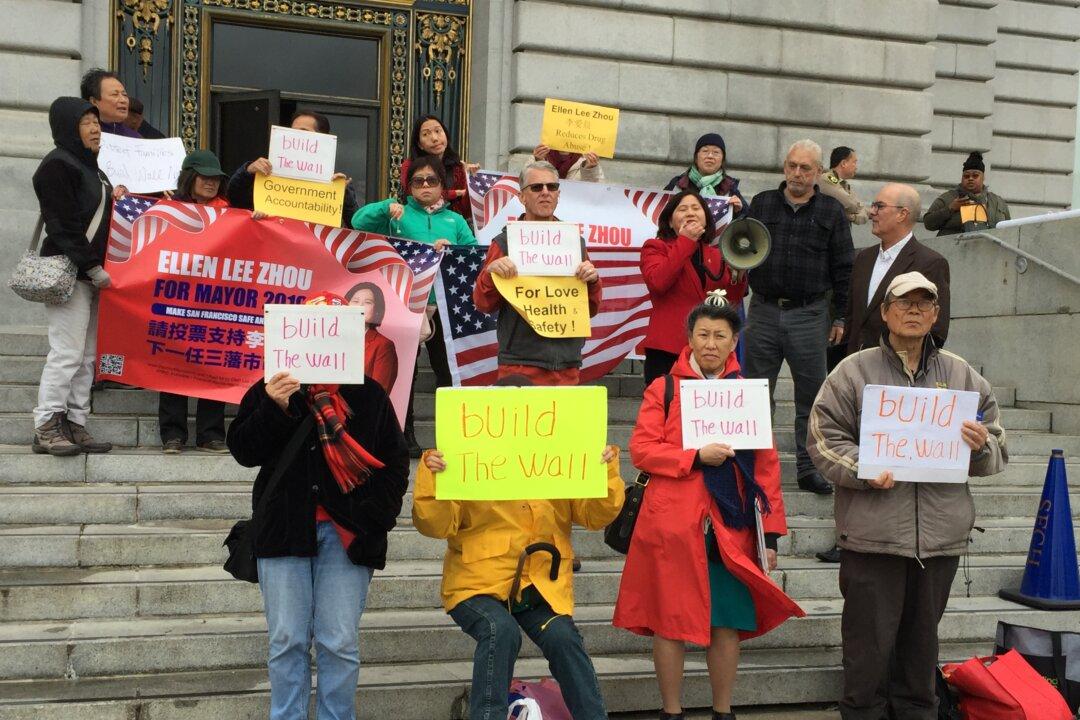Traffic congestion and soaring home prices are challenges facing the Bay Area. Many Bay Area cites are already planning higher-density, transit-oriented communities. Milpitas, which is expecting a BART station in 2018, is one of them.
But city officials say there are challenges in attracting higher-density developments. Some insiders share their viewpoints on the subject.
The city of Milpitas is redeveloping the upcoming Milpitas BART transit area, which is right next to the Great Mall. The area is still quite underdeveloped, partially under construction, and partially industrialized.
Currently, nearly 10 big real estate development projects have been approved for this area, including by Lyon Communities, Integral Communities, and D.R. Horton.
But the director of planning and development in Milpitas said the development companies are not all that excited about the idea of high-density buildings.
Among the 10 approved projects, three have a density lower than 30 units per acre, four are higher than 60 units per acre. The rest are between 30 units and 60 units per acre. This adds up to 4,270 units of housing, which falls short of the 7,000 units the city wanted to see.
Steven McHarris, planning and neighborhood services director for Milpitas, said the biggest challenge the city is facing is that developers don’t want to build the higher-density housing the city thinks it should have. McHarris said some developers may change to an even lower density when they actually build the properties.
Garrick Brown, director of research of Cassidy Turley Northern California, told us that in the San Jose area, the trend is definitely toward taller buildings, but they are not seeing a lot of true high-rise projects—meaning over six floors high.
The reason, he explained, is the shortage of available land, which makes the land expensive. “That’s why all of the action is midrise in outlying areas,” he said, as opposed to lower density housing.
Cassidy Turley’s market report through 2016 states that 27 major projects, delivering 7,315 units, are under construction in Santa Clara county. And there are many more still in the proposal stage.
Jeff Pineda, vice president of originations at Union Bank, commercial mortgage operations, said that high-rise office buildings in the South Bay are definitely a risk because office buildings are still running at a 20 percent vacancy rate.
On the other hand, residential apartments are the opposite, he said—there’s a high demand, especially in metropolitan markets close to transportation, services, and major employment centers.
“Financing a residential apartment building would be a much more attractive product,” he said. “We are still predicting that in three to five years, the rental market is still going to retain its momentum.”
Rich Davidson, a commercial mortgage banker from Barry Slatt Mortgage Company, said high-rise properties bear greater risks than lower density buildings such as townhouses because there is a longer lead time before sales begin.
“It takes a lot of time getting approval, and then, typically to build a high-rise, 18 to 24 months of construction. So by the time you’re ready to bring the units out to the market, everything could’ve changed from what it is today,” he said.
Davidson also pointed out an example—a luxury condo in San Jose did not sell during the 2008–2009 recession period, which brought the lender some trouble. But he also mentioned that lenders do look at many things, especially the borrower’s financial strength, because there is inevitably going to be a higher cost than another construction situation.
High-Rises: Who Will Build Them?
Milpitas faces challenges in meeting traffic area density goal

Many high rises are under construction at San Francisco, while the South Bay is still dominant by midrise building. Flora Qu/Epoch Times
|Updated:



